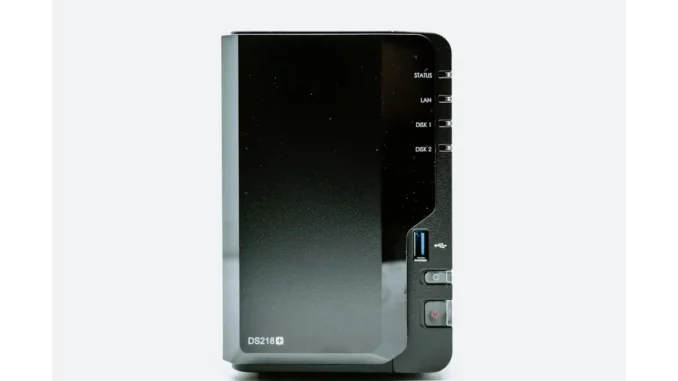
Summary
Amid rising concerns over data privacy and control, Synology Drive offers a notable alternative to mainstream cloud storage services with its private cloud solution. Operating on a Synology NAS (Network Attached Storage), it empowers users with complete control over their data while maintaining cross-platform compatibility and robust security measures.
Main Article
In the rapidly changing realm of digital storage, privacy and control remain paramount. As mainstream cloud services like Google Drive, Dropbox, and OneDrive dominate the field with their ease of use, user apprehension regarding data privacy and management by third parties has grown. Synology Drive emerges as a significant player by facilitating the creation of a personal cloud environment through the use of a Synology NAS device.
Understanding Synology Drive
Synology Drive is a sophisticated application designed to store and synchronise data across multiple devices. Unlike traditional public cloud services, it operates on a Synology NAS device, granting users full sovereignty over their data. “The advantage of a private cloud like Synology Drive is that it offers control and privacy that public services simply cannot guarantee,” comments Alex Harding, an industry observer.
The application allows files to be stored on personal hardware, accessible from any location with internet connectivity, eliminating the ambiguities associated with third-party data management.
Core Advantages of Synology Drive
Among its most compelling benefits is Data Sovereignty, enabling users to exercise full authority over data storage and access. This guarantees that only authorised individuals can access sensitive information. Furthermore, Robust Security features such as encrypted connections and integrated virus protection ensure data safety from unauthorised access and cyber threats.
The application’s Cross-Platform Compatibility enhances its appeal, making it functional across various operating systems including Windows, Mac, Linux, iOS, and Android. This uniform compatibility facilitates seamless data access across different devices.
Setting Up Synology Drive
For those considering the deployment of Synology Drive, a Synology NAS device running DSM 6.2.3 or higher is required. The setup process involves a few pivotal steps:
- Installation: Administrators must first log into the Synology NAS, access the Package Center, and install the Synology Drive Server application, following on-screen instructions for completion.
- Configuration: Post-installation, the Synology Drive Admin Console, accessible from the Main Menu, allows users to configure shared folders and establish user permissions. This phase also includes enabling file versioning and setting rotation policies.
- Network Configuration: Remote access necessitates configuring port forwarding on the firewall. Opening ports 80, 443, 5000, 5001, and 6690 facilitates web access and file synchronisation.
- User Management: Through the Control Panel, administrators can create user accounts and assign folder-specific permissions, ensuring only authorised user access to sensitive data.
Once operational, Synology Drive offers numerous features enhancing data management. Its File Synchronisation capability ensures real-time updates across all connected devices. Shared folders support Team Collaboration, making it ideal for businesses and collaborative efforts. As a Data Backup solution, it allows users to restore files in the event of data loss or device failure. Privacy and security are further bolstered by end-to-end encryption and activity logs that provide transparency over file access and modifications.
Detailed Analysis
The appeal of Synology Drive is particularly notable in the context of increasing global data privacy regulations and a shift in consumer preferences towards data sovereignty. Industry analyst Maria Collins notes, “As organisations become more vigilant about data privacy, solutions that offer control and security, like Synology Drive, are likely to see increased adoption.” By allowing users to manage their own data, Synology Drive aligns well with these broader trends, potentially offering a more secure and cost-effective solution compared to traditional cloud services.
Further Development
As the digital storage landscape continues to evolve, further developments in Synology Drive are anticipated. Enhancements in security features and user interface updates are likely to be focal points, aiming to enhance user experience and security. Additionally, as data privacy laws tighten globally, Synology Drive may further refine its offerings to align with new compliance requirements. For ongoing updates and analysis, readers are encouraged to stay connected with this evolving story.

